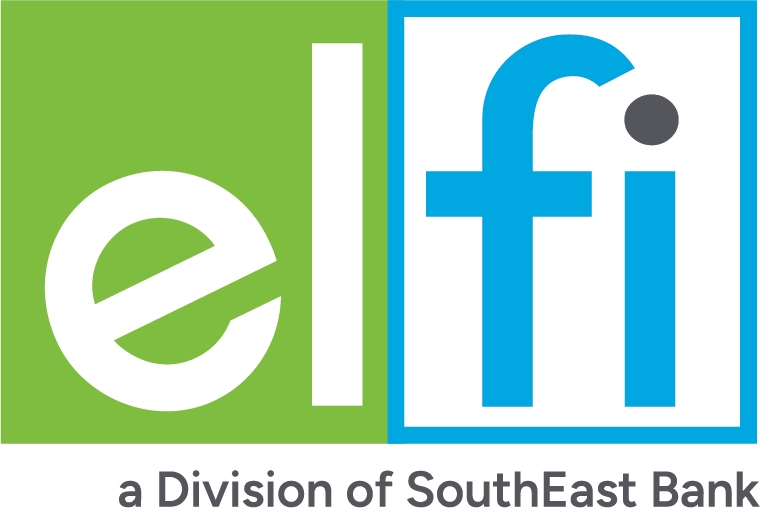Student loans
See our top-rated student lenders, learn about repayment options, find out if you qualify for forgiveness and more.
Student loans tools and guides
Income-driven repayment news and other higher ed updates
Student loans from our partners

Check Rate
on College Ave website
College Ave
Best for payment flexibility
5.0
NerdWallet rating
5.0
NerdWallet ratingFixed APR
2.89% - 17.99%
Min. credit score
Mid-600s
Check Rate
on College Ave website

Check Rate
on Sallie Mae website
Sallie Mae
4.5
NerdWallet rating
4.5
NerdWallet ratingFixed APR
2.89% - 17.49%
Min. credit score
Mid-600's
Check Rate
on Sallie Mae website

Check Rate
on SoFi® website
SoFi®
5.0
NerdWallet rating
5.0
NerdWallet ratingFixed APR
3.43% - 15.99%
Min. credit score
Mid-600s
Check Rate
on SoFi® website
Student loans 101
Student loan reviews
Federal Student Loans Review: Subsidized and Unsubsidized Direct Loans
Federal direct student loans don’t require credit or income to apply. They are the most widely used college lending option.
Federal Parent PLUS Loan and Grad Plus Loan Review
Federal PLUS loans let graduate students and parent borrowers fill tuition gaps not covered by other types of financial aid.
College Ave Reviews: Private Student Loans and Student Loan Refinancing
College Ave offers private student loans with multiple repayment options and lets borrowers refinance at any repayment term between five and 20 years.
SoFi Reviews: Student Loan Refinancing and Private Student Loans
SoFi is a leader in the student loan refinancing space. It also offers private student loans for graduate students and undergraduates.
Explore student loan providers
The student debt crisis
Learn the history behind the rising cost of college and how 43 million Americans landed with student loan debt.

